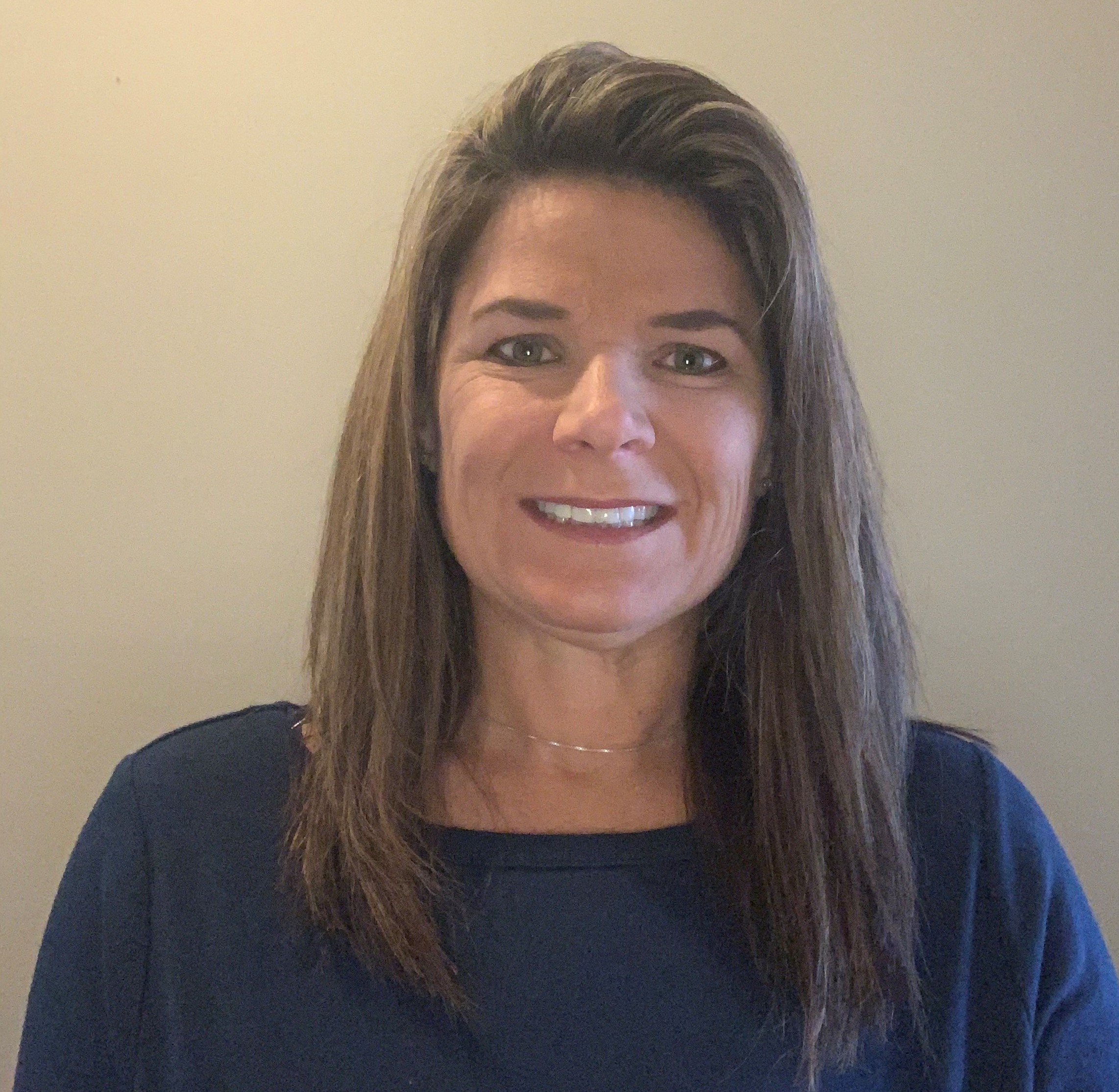



Achieving the goal of efficient and effective communication with students’ families is one of the difficulties that school districts face.
Most school districts have added school-to-home communication technology platforms in much the same way they have acquired all technology – one program at a time. As is often the case with legacy systems, each stakeholder group has its own preferred method of communicating with students’ families.
Teachers, principals, and districts themselves are using multiple systems. The results are often a mish-mash with no coherent approach to how messages are sent or who sends them, leaving families with questions and concerns about what they do not know.
Parents are often overwhelmed by the volume of inbound messages and variety of messaging channels, leaving them with questions like:
-Did the school newsletter go to the spam folder?
-Where is the Friday Folder?
-How to add money to lunch accounts or submit health screening forms?
-Where is the email about signing up for the parent teacher conference?
-Was there a practice schedule in the app the coaches use?
Some schools and districts have eight or more communication channels, including robocalls from the central office. And if a parent’s primary language is not English, attempting to find and decode all the school news becomes even more difficult.
Replacing multiple communications platforms that are pieced together with one integrated system can streamline school communications and help districts achieve organizational and operational effectiveness and make them more infinitely more efficient. An easy-to-implement, multipurpose unified system also holds the promise of a more engaged relationship between districts and schools and their multiple audiences – parents, students, staff, and the community – where everyone works together to enhance students’ academic lives in the areas of instructional, extracurricular, and athletic activities.
This session will review the steps a district took to ensure the successful integration of a communications technology platform by aligning its people and processes (in some cases reengineering and improving upon existing processes) to take advantages of the technology and ensuring staff at each level received proper guidance and training on how to effectively use the solution to garner the greatest return on the district’s investment in a communications technology platform.
As districts look to research and implement new software and hardware solutions, it’s important that those new technologies strategically align with a district’s overarching plans and priorities for the future.
For Georgia’s Cherokee County Public Schools, its Strategic Blueprint for 2020-2024 focused on the following areas:
-Student Achievement; Access and Opportunity
-Organizational and Operational Effectiveness
-Family, Partner, and Community Engagement
-Positive Culture and Climate
-Quality Workforce
Once the district selected their new communication platform, the district’s Chief Operating Officer, Executive Director for Business Information Services and Supervisor of Instructional Technology developed an multi phased implementation rollout plan for this district. Key aspects of their Strategic Blueprint were at the center of their decision-making process – and as such, they learned some valuable lessons that could assist other districts who find themselves in similar acquisition-modes in the future.
During this engaging session, attendees will learn firsthand how the district team performed their due diligence, and how surprised they were to learn that their new communications solution helped them to achieve many of the goals outlined in their Strategic Blueprint – not just those tied to important and ongoing communications goals.
Attendees to this session will see how the platform allowed communications across multiple audiences – parents, students, staff, and the community – and assisted in areas of instructional, extracurricular, and athletic activities for its students, too.
Attendees will get specific examples of how the district’s new platform helped them achieve organizational and operational effectiveness by streamlining processes, achieving better results, and meeting federal and state compliance requirements such as delivering secure documents and automating important notices.
The presenters will share additional benefits on how both student achievement and parent engagement has been enhanced - both directly and indirectly - across the organization utilizing the feature-rich communications platform.
And finally, attendees will see how the district achieved a real return on its investment through both soft and hard cost savings with the communications platform thus reducing the total cost of ownership/annual subscription often tied to printing, mailing and postage costs.
The presenters will then share a summary of how the aligning of their district’s people, processes, and its technology platforms led to a highly successful and easy-to-replicate implementation of a district-wide communications platform designed to drive greater parent engagement through equitable and inclusive communications practices while supporting other important strategic goals to support building and deliver a student-centric school community.
A Q&A session will conclude the presentation.
Participants in this one-hour Ed Talk session will learn the key steps one district took to evaluate and implement a multipurpose, unified communications system that replaced disparate, disconnected systems with a platform that offers administrative oversight, deep analytics and reporting capabilities while delivering against the promise of more engaged relationships between its schools and their families.
Specifically, the presenters will:
Discuss Cherokee County School District multi-year Strategic Blueprint to set the stage for how acquisitions of new technology needs to align to the overall strategic plan. (10 minutes)
Outline key principles for aligning the district’s people, processes and technology acquisition and specific details on proper guidance and training of all staff and stakeholders for effective use of the new platform (15 minutes)
Provide metrics on how the new communications platform delivered improved organizational and operational effectiveness. (10 minutes)
Outline ways student achievement and parent engagement have been directly and indirectly effected by the implementation. (10 minutes)
Following the discussion, the presenters will take questions from the audience for approximately 10 minutes.
Equitable, inclusive parent communication is key to helping students thrive (https://edsource.org/2022/equitable-inclusive-parent-communication-is-key-to-helping-students-thrive/670489)
The science of stakeholder engagement in research: classification, implementation, and evaluation (https://www.ncbi.nlm.nih.gov/pmc/articles/PMC5645283/)
How All School Staff Can Benefit from a Unified Communications Platform (https://blog.parentsquare.com/blog/how-all-school-staff-can-benefit-from-a-unified-communications-platform)
New National Survey Reveals Education Leaders’ Plans for the Future of School-Home Communication (https://blog.parentsquare.com/blog/new-national-survey-reveals-education-leaders-plans-for-the-future-of-school-home-communication)
Reaching the Last 10%: Experiences Engaging Families Through Communications (https://blog.parentsquare.com/blog/reaching-the-last-10)